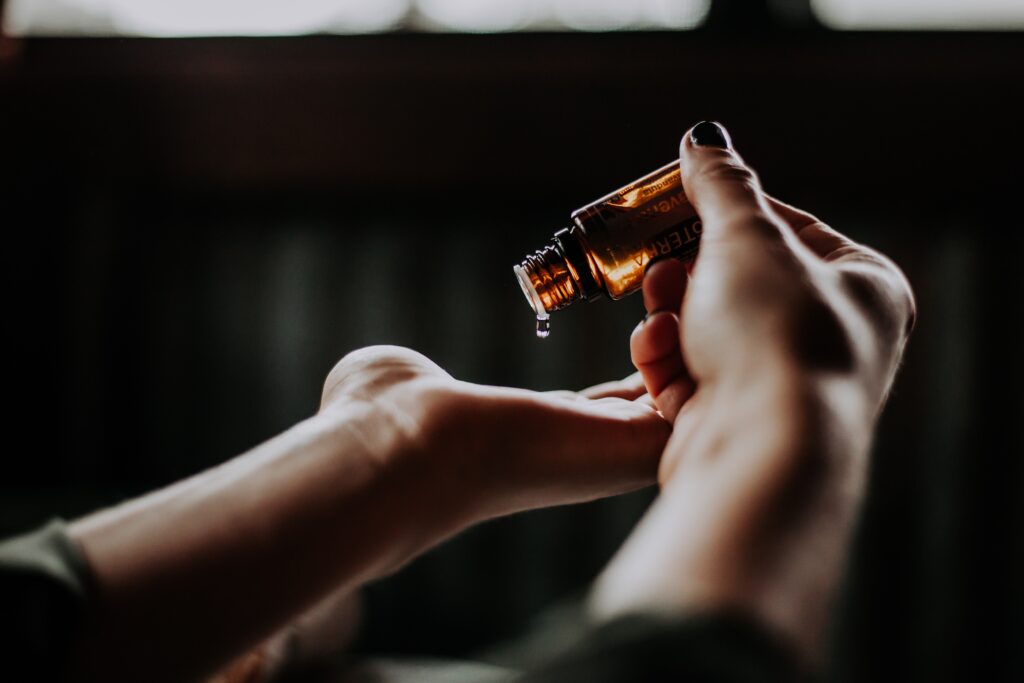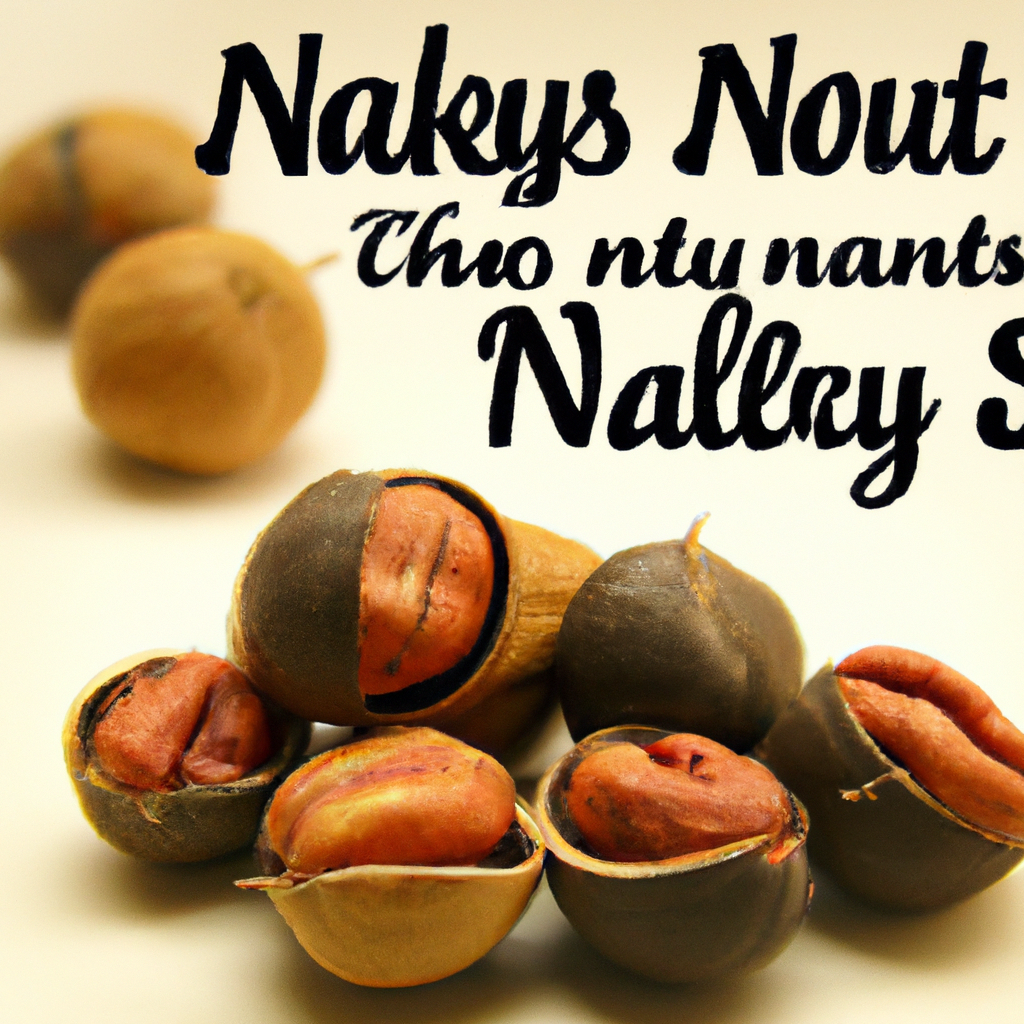Are you curious about whether hickory nuts are poisonous? Fear not, because we are here to provide you with all the answers you need! In this article, we will explore the safety and potential risks associated with consuming hickory nuts. From the different varieties of hickory nuts to their potential health benefits, we will cover it all. So, sit back, relax, and let us put your mind at ease regarding this delicious and nutritious nut!
Types of Hickory Nuts
Pignut Hickory
Pignut hickory (Carya glabra) is one of the most common types of hickory nuts found in North America. The nut itself is small and oval-shaped, with a distinct ridge running along its surface. Pignut hickory nuts have a sweet and mild flavor, making them a popular choice for eating or baking in various dishes.
Shagbark Hickory
Shagbark hickory (Carya ovata) is named after its unique characteristic shaggy bark, which peels away in long sections. The nuts from shagbark hickory trees are large and round, with a thick outer shell that is difficult to crack. However, the reward is well worth the effort, as shagbark hickory nuts have a rich, sweet taste that is often compared to pecans.
Bitternut Hickory
As the name suggests, bitternut hickory (Carya cordiformis) nuts have a slightly bitter flavor. These nuts are small and spherical, with a thin shell that is easy to crack. While the taste may not be as sweet as other hickory nut varieties, bitternut hickory nuts are still edible and can be used in both sweet and savory recipes.
Mockernut Hickory
Mockernut hickory (Carya tomentosa) nuts are characterized by their large size and thick, hard shell. Despite their name, these nuts are not typically used for eating due to their extremely hard shell and a flavor that can be astringent or bitter. Mockernut hickory nuts are mostly appreciated for their ornamental value and as a food source for wildlife.
Shellbark Hickory
Shellbark hickory (Carya laciniosa) nuts are known for their large size and distinctive shell. The nut itself is flattened and enclosed in a thick, hard shell that is difficult to crack. Shellbark hickory nuts have a sweet and rich flavor, making them a desirable choice for both culinary and snacking purposes.
Hallmarks of Non-Poisonous Hickory Nuts
Distinct Appearance
Non-poisonous hickory nuts have a recognizable appearance that helps distinguish them from toxic varieties. They come in various shapes and sizes, ranging from small and round to large and flattened. Additionally, each type of hickory nut has its own unique shell texture and color, making it easier to identify them.
Smooth Shell
One of the key characteristics of non-poisonous hickory nuts is the smoothness of their shell. When examining a hickory nut, run your fingers across the surface to check for any bumps or roughness. Non-poisonous hickory nuts should feel uniformly smooth, with no noticeable irregularities.
Splitting Husk
Another hallmark of non-poisonous hickory nuts is a husk that splits open as the nut matures. This natural process helps release the nut from its protective covering, making it easier to harvest. If you come across a hickory nut with an intact husk, it is likely not yet mature and may not be safe for consumption.
Sweet or Mild Flavor
Non-poisonous hickory nuts have a pleasant taste profile, ranging from sweet to mildly nutty. They can be enjoyed on their own as a snack or used in recipes to enhance the flavor and texture of various dishes. However, it’s important to note that some hickory nut varieties, such as bitternut hickory, may have a slight bitterness.

Toxic Hickory Nuts
Bitter and Unpleasant Flavor
Toxic hickory nuts often have a notable bitter flavor that is unpleasant to taste. This bitterness acts as a natural deterrent, discouraging animals and humans from consuming them. If you bite into a hickory nut and immediately notice a strong bitter taste, it is likely a toxic variety and should not be consumed.
Physical Symptoms
Ingesting toxic hickory nuts can lead to various physical symptoms in humans. These may include stomach pain, nausea, vomiting, and diarrhea. The severity of these symptoms can vary depending on the individual’s sensitivity and the specific toxins present in the nuts.
Hickory Nut Allergy
While allergies to hickory nuts are rare, some individuals may have an allergic reaction upon consumption. Symptoms of a hickory nut allergy can range from mild to severe and may include itching, hives, difficulty breathing, and swelling of the face, lips, or throat. If you experience any allergic reactions, it is crucial to seek medical attention immediately.
Preparation and Consumption
Roasting Hickory Nuts
Roasting hickory nuts is a popular method of preparation that enhances their flavor and brings out their natural oils. To roast hickory nuts, preheat your oven to around 350°F (175°C). Spread the nuts in a single layer on a baking sheet and roast for approximately 10-15 minutes or until they become golden brown. Allow them to cool before consuming or using them in your favorite recipes.
Boiling Hickory Nuts
If you prefer a softer texture or want to remove any bitterness from certain hickory nut varieties, boiling is a suitable option. Start by placing the nuts in a pot and covering them with water. Bring the water to a boil and simmer for about 20-30 minutes. Drain the nuts and allow them to cool before consuming. Boiled hickory nuts can be enjoyed on their own or incorporated into recipes.
Cracking and Shelling
Cracking hickory nuts can be a challenging task due to their tough outer shells. To crack the nuts, place them in a nutcracker or use a hammer to apply gentle pressure until the shell cracks open. Once cracked, carefully remove the outer shell to access the edible nut inside. Take caution to avoid any sharp shell fragments.
Storage and Shelf Life
To maximize the shelf life of hickory nuts, store them in an airtight container in a cool, dry place. Properly stored hickory nuts can last for several months or longer. Consider storing them in the refrigerator to extend their freshness. It’s important to note that shelled nuts will have a shorter shelf life compared to nuts still in their shells.

Benefits of Consuming Hickory Nuts
Nutritional Value
Hickory nuts are packed with essential nutrients, making them a nutritious addition to your diet. They are a good source of protein, healthy fats, and dietary fiber. Additionally, hickory nuts contain vitamins and minerals, including vitamin B6, vitamin E, magnesium, and phosphorus.
Rich in Antioxidants
Antioxidants play a vital role in reducing oxidative stress and combating free radicals in the body. Hickory nuts are a rich source of antioxidants, including vitamin E and various phenolic compounds. These antioxidants can help protect your cells from damage and contribute to overall health and well-being.
Heart-Healthy Fats
Hickory nuts are an excellent source of heart-healthy fats, including monounsaturated and polyunsaturated fats. These fats have been associated with a reduced risk of heart disease when consumed in moderation as part of a balanced diet.
Source of Essential Minerals
Hickory nuts contain essential minerals that are important for various bodily functions. Magnesium, for example, plays a crucial role in maintaining healthy bones, regulating blood sugar levels, and supporting muscle and nerve function. Phosphorus is another mineral found in hickory nuts, contributing to bone health and energy production.
Promotes Digestive Health
The dietary fiber found in hickory nuts can aid in digestion and promote a healthy digestive system. Fiber adds bulk to the stool and helps regulate bowel movements, preventing constipation. Including hickory nuts in your diet may contribute to a healthy digestive tract.
Poisonous Look-Alikes
Buckeyes
Buckeyes, although similar in appearance to hickory nuts, are not edible and can be toxic if ingested. They are often confused with hickory nuts due to their similar size, shape, and outer husk. However, buckeyes have a smooth and shiny surface, while hickory nuts have a rough texture.
Horse Chestnuts
Horse chestnuts are another look-alike that should not be consumed. They resemble hickory nuts, but their distinct round shape, smooth surface, and glossy brown color help differentiate them. Horse chestnuts contain toxic compounds and should be avoided.

Toxicity Levels and Effects
Juglone
Some hickory trees, including black walnut trees, produce a compound called juglone. Juglone is a natural toxin that can be found in the nuts, leaves, and roots of these trees. When ingested, juglone can cause digestive issues and allergic reactions in some individuals.
Cyanide
Certain types of hickory nuts, such as mockernut hickory nuts, contain small amounts of cyanide. While the levels of cyanide are generally low and not a major concern, it is still important to exercise caution and consume hickory nuts in moderation.
Toxicity Symptoms
Ingesting toxic hickory nuts may lead to symptoms such as stomach pain, nausea, vomiting, diarrhea, and allergic reactions. If you experience any of these symptoms after consuming hickory nuts, it is advisable to seek medical attention for proper evaluation and treatment.
Potential Hazards in Livestock
Some livestock, such as horses and cattle, may be more susceptible to the toxic effects of eating hickory nuts. It is important to prevent access to toxic nuts and monitor livestock to ensure their safety and well-being.
Medical Uses and Research
Traditional Medicinal Applications
Hickory nuts have been used in traditional medicine for various purposes. Native American tribes used hickory bark and leaves for their astringent properties and to treat ailments like skin infections. However, it’s important to note that traditional uses of hickory nuts have not been extensively studied and should not replace professional medical care.
Current Studies and Findings
Ongoing research is being conducted to explore the potential health benefits of hickory nuts. Some studies suggest that hickory nuts, specifically their antioxidant content, may have anti-inflammatory and antimicrobial properties. However, more research is needed to fully understand and validate these potential health benefits.

Safe Gathering and Identification
Knowing the Tree
Before gathering hickory nuts, it is important to familiarize yourself with the hickory tree species in your area. Study their characteristics, such as leaf shape, bark texture, and overall appearance. This knowledge will help you identify hickory trees accurately and avoid confusion with toxic look-alikes.
Visual Identification
When gathering hickory nuts, visually inspect them for the distinct appearance, smooth shell, and splitting husk characteristic of non-poisonous varieties. Pay attention to any signs of damage or mold, as these may indicate spoilage or contamination.
Consulting Experts
If you’re uncertain about the identification of hickory nuts or have any concerns, it is always best to consult with experts. Local botanical gardens, agricultural extension offices, or experienced foragers can provide guidance and help ensure the safe gathering and consumption of hickory nuts.
Resources and References
Books
- “Edible Wild Plants: A North American Field Guide” by Thomas S. Elias and Peter A. Dykeman
- “The Forager’s Harvest: A Guide to Identifying, Harvesting, and Preparing Edible Wild Plants” by Samuel Thayer
Government Websites
- U.S. Department of Agriculture (USDA) National Agricultural Library
- USDA Forest Service
Scientific Journals
- Journal of Agricultural and Food Chemistry
- Journal of Ethnopharmacology
- Journal of Medicinal Food
